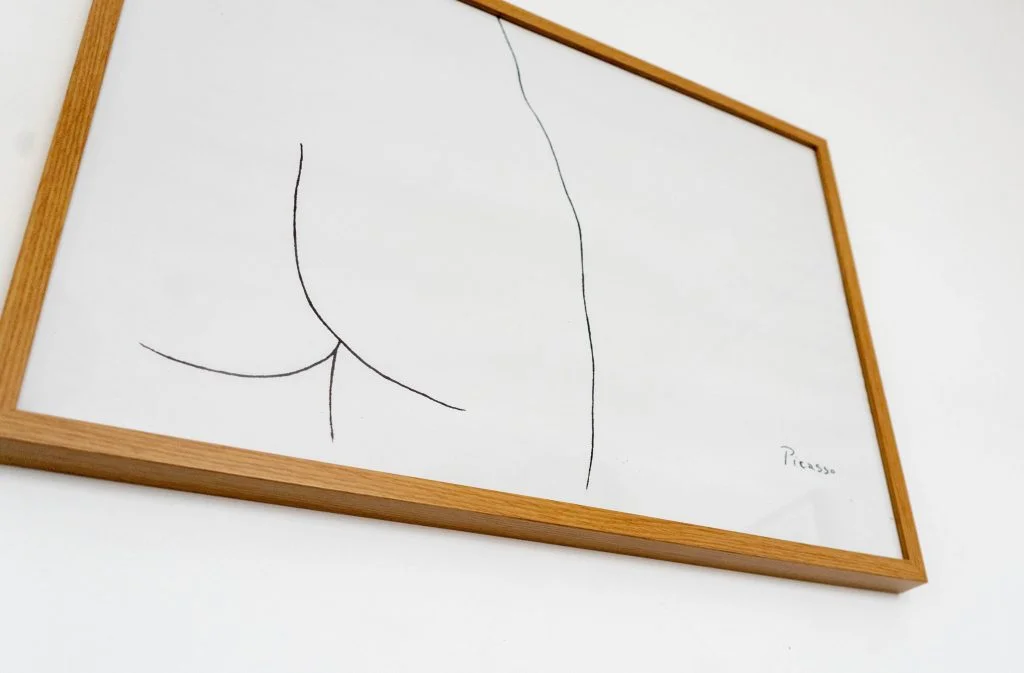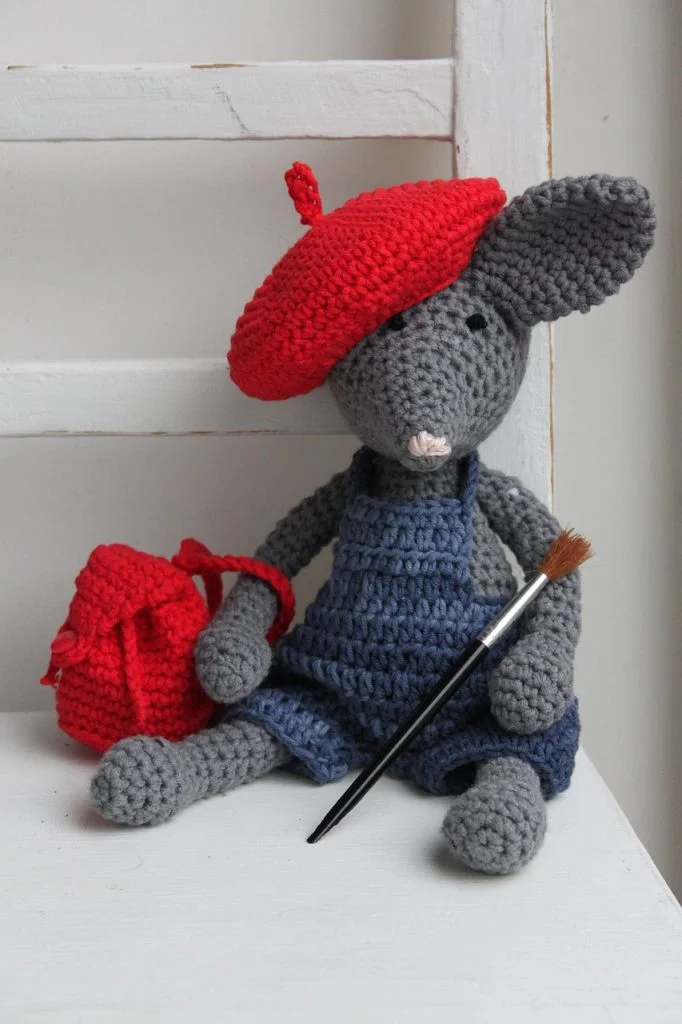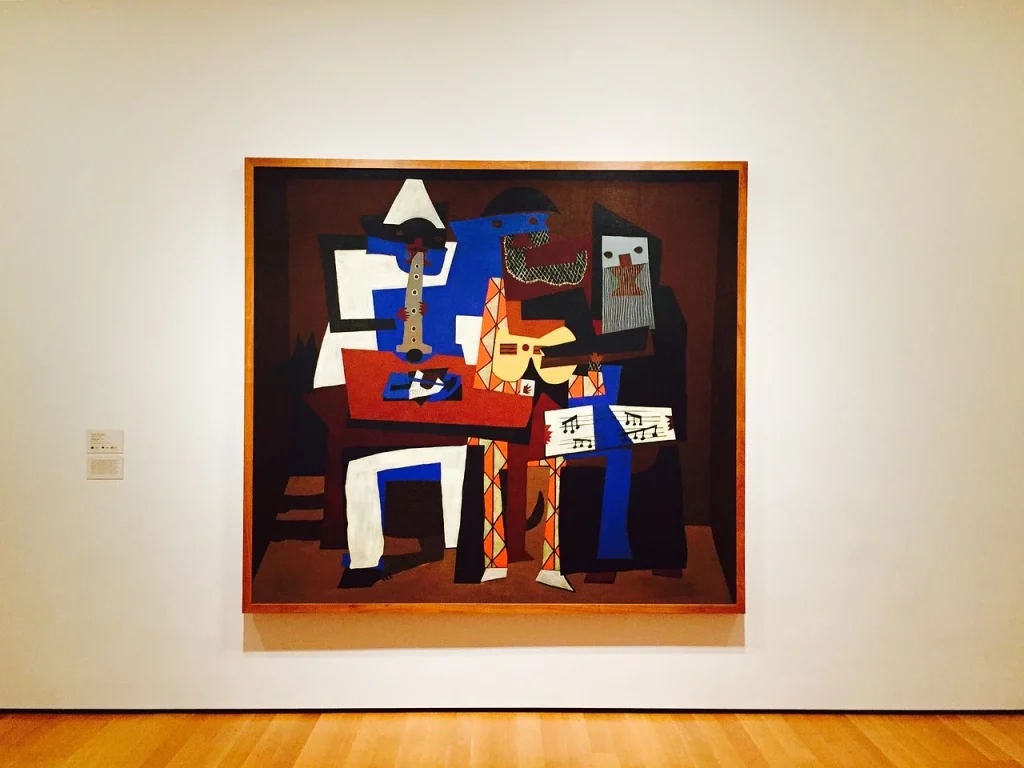My journey with Pablo Picasso’s art began on a rainy afternoon in an old bookshop, where I found a tattered book about his life and works. That day, Picasso’s world of abstract forms and vibrant colors captivated me, and since then, I have dedicated myself to understanding this enigmatic artist.
Did you know that Picasso’s personal life was as tumultuous and intriguing as his paintings? As we dive into the world of Picasso, I invite you to discover with me the fascinating stories and facts that define the legacy of this legendary artist.
Picasso didn’t paint because he understood, he painted to try to understand.
Milton Glaser
Pablo Picasso Facts
Let’s start our adventure in the world of creativity and brilliance as we explore intriguing facts about Pablo Picasso. Don’t forget, there’s a quiz at the bottom to challenge your artistic insights!
- Pablo Picasso was born on October 25, 1881, in Málaga, Spain.
- His full name is Pablo Diego José Francisco de Paula Juan Nepomuceno María de los Remedios Cipriano de la Santísima Trinidad Martyr Patricio Clito Ruíz y Picasso.
- Picasso showed a gift for drawing at an early age; he could draw before he could walk.
- He completed his first painting at the age of 9, titled Le Picador, depicting a bullfight.
- Picasso’s Blue Period lasted from 1901 to 1904, marked by the use of various shades of blue and somber themes.
- The Old Guitarist, painted in 1903, is one of the most famous works from his Blue Period.
- His Rose Period, from 1904 to 1906, featured warmer colors and the frequent depiction of circus people.
- Picasso co-founded the Cubist movement, a revolutionary style of modern art, with Georges Braque.
- One of his most famous works, Les Demoiselles d’Avignon (1907), is considered a seminal work in the development of both Cubism and modern art.
- Picasso’s painting Guernica (1937) was a response to the bombing of Guernica, Spain, during the Spanish Civil War.
- He was not just a painter but also worked in sculpture, ceramics, printmaking, stage design, and writing.
- Picasso was a pacifist, and his art often reflected his anti-war stance.
- He joined the French Communist Party in 1944 and attended the World Peace Congresses.

- Picasso’s work underwent a Neo-Classical phase from around 1918 to 1927.
- He was also part of the Surrealist movement and participated in their exhibitions.
- Picasso’s work has been divided into periods, including the African-influenced Period (1907–1909).
- He created over 20,000 artworks, including 1,885 paintings and 1,228 sculptures.
- The Weeping Woman (1937) is one of Picasso’s most famous works from his later years.
- Picasso was married twice and had four children by three women.
- He lived in France for most of his adult life and became a French citizen in 1947.
- Picasso’s influence on art is unparalleled in the 20th century.
- He was also a collector of African and Iberian art, which influenced his style.
- Picasso was exhibited in his first show at the age of 13, in Barcelona.
- He moved to Paris in 1904, which was then the art capital of Europe.
- Picasso’s father, Don José Ruiz y Blasco, was also an artist and art professor.
- His mother, María Picasso y López, greatly encouraged his artistic talents.
- Picasso died on April 8, 1973, in Mougins, France, at the age of 91.
- His last words were “Drink to me, drink to my health, you know I can’t drink any more.”

- He was extremely prolific throughout his long career.
- Picasso’s Guernica was displayed in New York’s Museum of Modern Art for many years.
- He underwent a Crystal Period in Cubism, characterized by lighter colors and flat planes.
- Picasso’s artistic styles changed significantly over different periods of his life.
- He was not only influential in the development of modern art but also in 20th-century culture and politics.
- Picasso’s childhood and background played a significant role in his artistic development.
- He was expelled from the Royal Academy of San Fernando in Madrid for rebellious behavior.
- His work is displayed in museums and galleries worldwide, and his legacy continues to influence contemporary artists.
- Picasso was a major figure in the School of Paris.
- He had a lifelong rivalry with fellow artist Henri Matisse.
- Picasso’s innovations in painting, drawing, and sculpture are numerous.

- He had a passionate and turbulent personal life that often influenced his art.
- Picasso’s sculptures were often made from everyday objects and materials.
- He experimented with a variety of styles and themes throughout his career.
- Picasso’s influence can be seen in the works of countless artists and across various artistic movements.
- He was not only a master of painting but also of drawing, printmaking, and sculpture.
- Picasso’s love affairs and relationships were often the subject of public interest.
- He was awarded the Lenin Peace Prize in 1950 and 1961.
- Picasso’s art was often controversial and challenged conventional artistic norms.
- He had a profound impact on the art world and remains one of the most celebrated artists in history.
- Picasso’s legacy is maintained through numerous museums dedicated to his work, including the Museu Picasso in Barcelona.
- Picasso’s work has been stolen more frequently than that of any other artist; his paintings are some of the most sought after by thieves.
Pablo Picasso Myths

Having explored all these enlightening facts about Picasso, let’s now delve into the intriguing world of myths and truths surrounding this iconic artist.
- Picasso was Solely a Painter
Although best known for his paintings, Picasso was a master of many art forms. He was also a sculptor, printmaker, ceramicist, stage designer, poet, and playwright. His diverse artistic contributions significantly impacted various art forms beyond just painting. - Picasso’s Work was Instantly Celebrated
Picasso’s talent wasn’t universally acknowledged in his early years. He faced criticism and rejection, especially during his Blue and Rose periods. His style evolved significantly over time, and recognition of his genius grew gradually. - Picasso Only Painted Abstract Works
Picasso is often associated with Cubism and abstract art, but his work spans a range of styles. He created realistic works, especially in his early years, and even in his Cubist phase, he often integrated representational elements. - Picasso was Always Wealthy and Successful
Picasso experienced poverty and struggled financially in his early career. He lived in destitute conditions in Barcelona and Paris before achieving fame and financial stability. His success was hard-earned over many years. - Picasso Worked Alone and Wasn’t Influenced by Others
Picasso collaborated with and was influenced by many artists. His work was inspired by African art, his contemporaries like Georges Braque, and his predecessors like El Greco. He believed in the importance of artistic exchange and community.
No products found.
Pablo Picasso Quotes

It was really hard to choose only five quotes, but here are my favorites. I hope you enjoy it.
When I think of art, I think of beauty. Beauty is the mystery of life. It is not in the eye, it is in the mind. In our minds, there is awareness of perfection.
Agnes Martin
This quote by Agnes Martin reflects on the concept of beauty and art, associating them with a deeper, mental perception rather than just visual appeal.
Every act of creation is first an act of destruction.
Pablo Picasso
This quote by Pablo Picasso highlights the transformative nature of creativity, suggesting that new creations often require the dismantling of previous forms or ideas.
Picasso is the reason I paint. He is the father figure, who gave me the wish to paint.
Francis Bacon
This quote by Francis Bacon expresses a deep admiration and inspiration drawn from Picasso’s work, crediting him as a fundamental influence on the speaker’s artistic journey.
There is no abstract art. You must always start with something. Afterward, you can remove all traces of reality.
Pablo Picasso
This quote by Pablo Picasso challenges the notion of abstract art, emphasizing the importance of beginning with a tangible concept or object before abstracting it.
Good artists copy, great artists steal.
Unknown
This provocative quote from an uncertain source, suggests that true artistic greatness lies in the ability to transform and own influences, rather than just imitating them.
Pablo Picasso FAQ

After the quotes, it’s time to check on some frequently asked questions about the artist. Read carefully because in the next section, my quiz is going to test how good of a reader you are. Don’t disappoint me.
- How did Picasso influence art?
Picasso co-founded Cubism, introducing new perspectives in art. His diverse styles influenced modern movements like Surrealism. His use of bold colors, shapes, and materials expanded art’s boundaries, making him a key figure in 20th-century art. - What are the accomplishments of Pablo Picasso?
Picasso was a pioneer of Cubism and significantly influenced modern art. His masterpieces like “Les Demoiselles d’Avignon” and “Guernica” display his innovation. He was also skilled in sculpture, ceramics, and printmaking, producing thousands of artworks in a prolific career. - What was Picasso’s “Blue Period” and why is it significant?
The “Blue Period” (1901-1904) featured paintings with blue tones, reflecting Picasso’s sorrow and poverty. Works like “The Old Guitarist” showed empathy for human suffering, marking a key phase in his exploration of human emotions. - How did Picasso’s personal life influence his art?
Picasso’s art mirrored his personal life. His relationships and life events, like the Spanish Civil War, significantly influenced his style and subjects, with works like “Guernica” reflecting his emotional and political responses. - What makes Picasso’s “Guernica” a historically important artwork?
“Guernica” is a response to the bombing of Guernica in 1937. The painting depicts the horrors of war and civilian suffering, serving as a powerful anti-war symbol and highlighting art’s role in political commentary.
No products found.
Pablo Picasso Trivia

It’s Picasso quiz time! Miss a question, and don’t be surprised if your furniture starts resembling his abstract sculptures.
Conclusion
As we close the book on our Picasso journey, let’s remember that Pablo wasn’t just a master of art; he was also a maestro of mischief. He once said, “Art is the lie that enables us to realize the truth.”
So, what truths did you discover in Picasso’s kaleidoscope of lies? Did his abstract portraits make you question if you’ve been drawing noses wrong all your life? Let me know your Picasso epiphanies in the comments.
11 Sources Used For This ArticleA Profile of Pablo Picasso – Julio Herrera Velutini
Pablo Picasso – Art History School
30 Best Pablo Picasso Quotes With Image – Bookey
Summary of Pablo Picasso – The Art Story
Pablo Picasso – Wikipedia
Pablo Picasso – Impressionist Gallery
Pablo Picasso Biography – Fair Head Fine Art
Pablo Picasso’s Idiosyncratic Genius – New Yorker
Pablo Picasso Painting Art And More – Biography
Who Was Pablo Picasso and Why Was He So Important? – Art News


